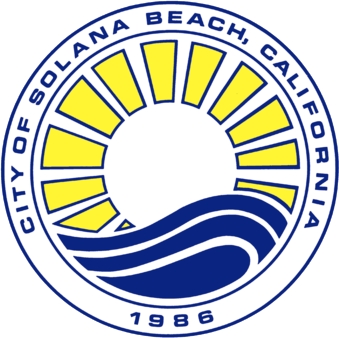Federal Incentives for Electrification: Taking Advantage of Current Programs

Did you know that there are several existing regional, state, and federal incentives that can be utilized to reduce the cost of electrification upgrades in your home? This can include replacing your old furnace, water heater, or clothes dryer with a heat pump system, swapping your gas stove for an induction cooktop, or even making your home more energy efficient through air sealing, insulation, and mechanical ventilation to reduce your monthly bills.
The Inflation Reduction Act (IRA) allows owners of new or existing buildings to qualify for rebates based on energy savings or clean energy retrofits. Today, buildings that reduce energy usage by 25% to 50% from their pre-retrofit baseline can claim deduction amounts ranging from $0.50 to $5.00 per square foot (learn more here). The IRA also created Home Efficiency Rebates and Home Electrification and Applicance Rebates to help households save on individual projects that lower energy consumption and costs. California’s program was approved and launched by the California Energy Commission (CEC), who provides in-depth information about the following programs here. In summary, The Home Efficiency Rebates (HOMES) will offer incentives between two programs: The CEC’s Equitable Building Decarbonization Direct Install Program, which provides no cost upgrades to low-income residents, and the statewide Pay for Performance Program, which will offer rebates based on actual measured energy savings to all California residents. The Home Electrification and Appliance Rebates (HEEHRA) Phase I program was launched in early October and provides rebates for both income-qualified multi-family properties and single-family homes through the TECH Clean California Initiative.
Beyond the federal level, incentive locator tools can be used to find specific statewide or regional programs that support electrification. This includes the US EPA’s ENERGY STAR REBATE Finder, RMI’s Incentive Stacking Resources for Clean Buildings, The Switch Is On’s Customer Incentive Lookup, amongst others. Considering this, one can stack or layer the benefits of these incentive programs to minimize the cost of electrification. For instance, single family households can reduce the cost of new energy efficient appliances by layering federal energy efficient home improvement tax credits with appliance or utility rebates, while nonresidential projects could stack the 179D tax reduction with utility rebates to upgrade lighting or HVAC equipment.
Moving towards a more energy efficient future is possible! Take advantage of these incentives to make electrification more affordable in the short term and reduce GHG emissions and energy cost in the long term. Still not sure where to get started? Search for local contractors that have already been approved to be eligible for electrification rebates here.
